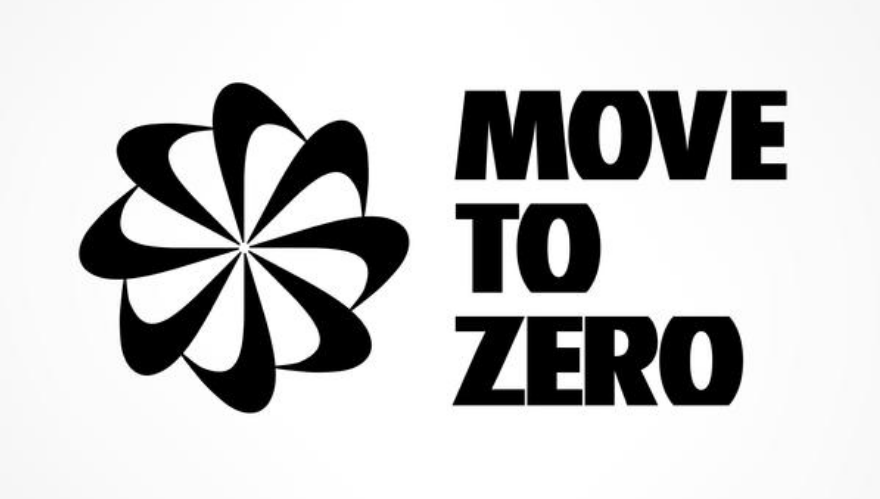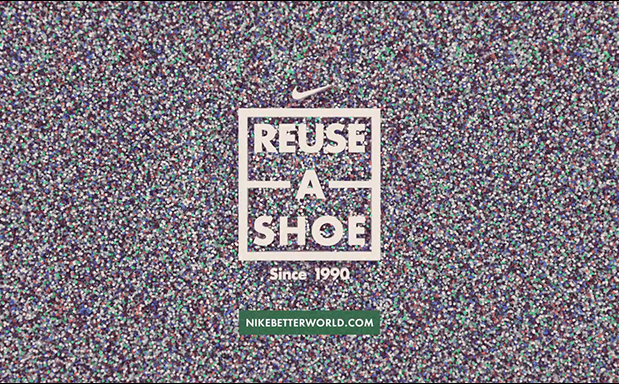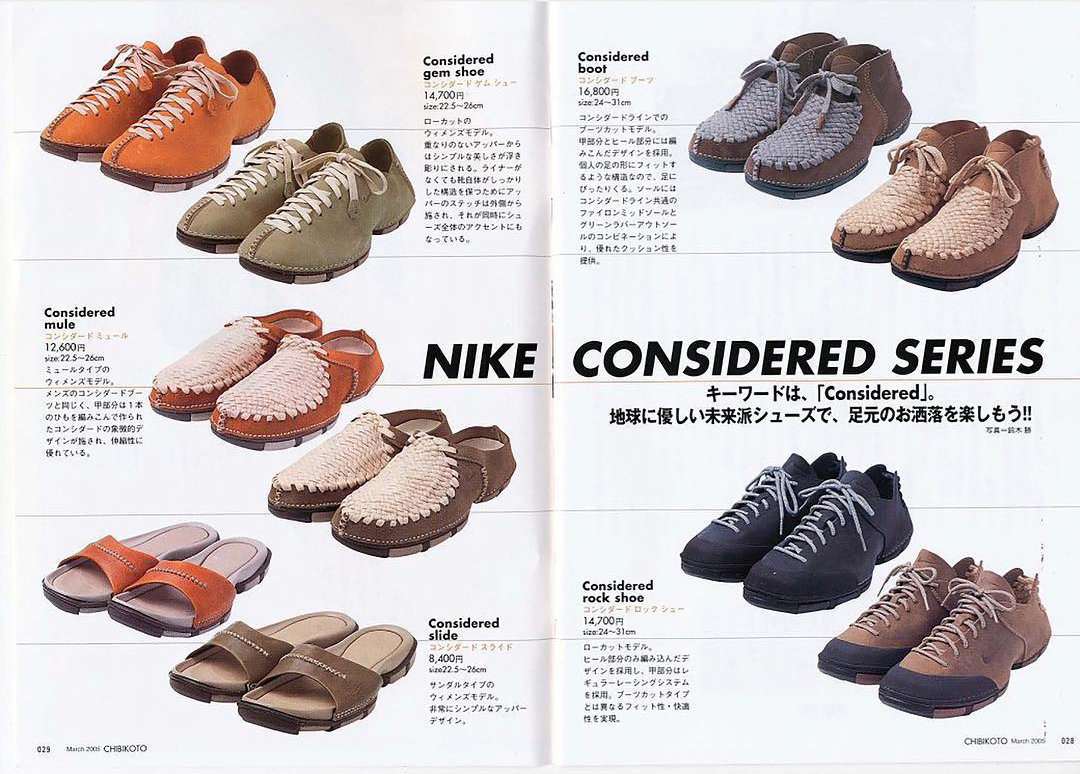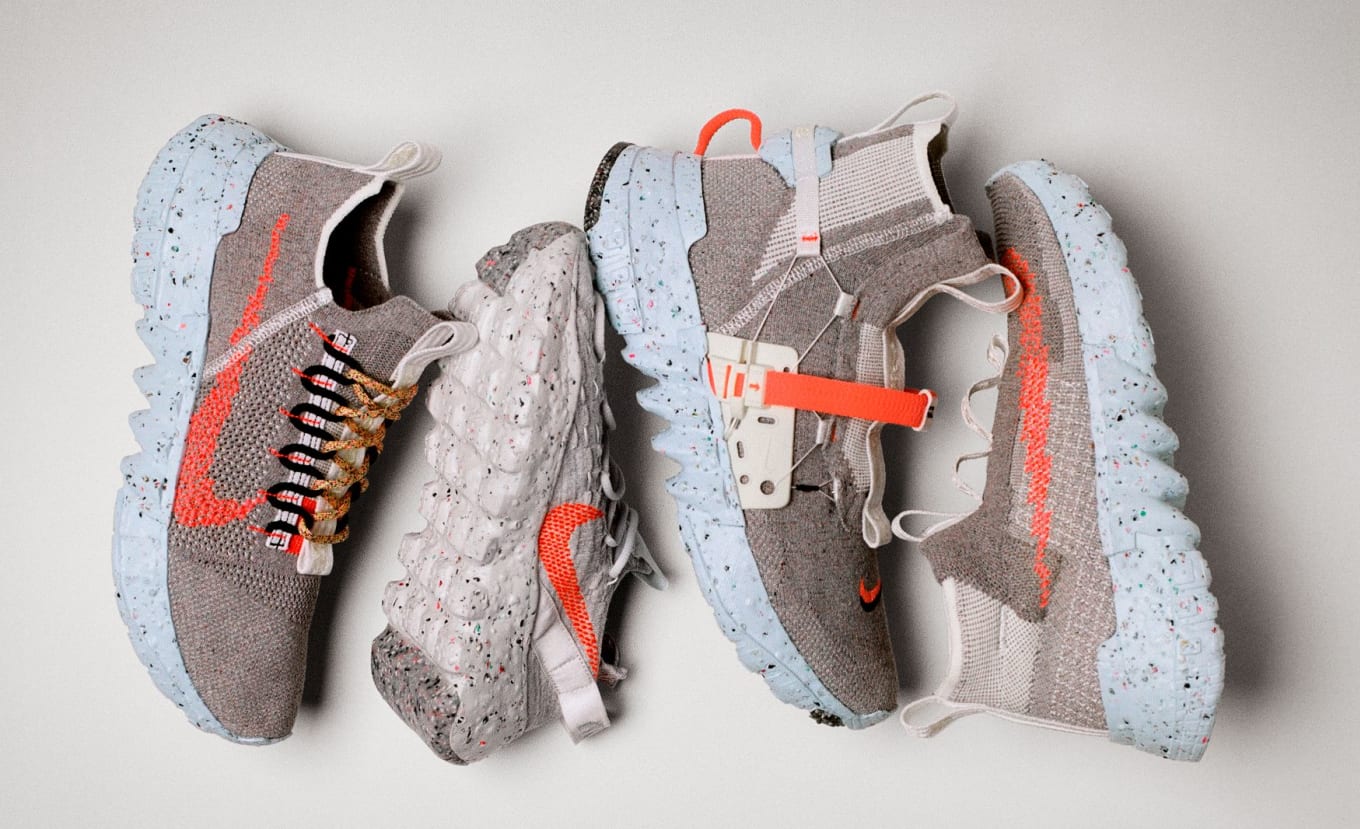COMPANY

DON'T FOLLOW. BE THE FIRST.
Get updates on collections, trends and special releases

Move to Zero, Nike’s journey toward zero carbon and zero waste, has a singular aim: Help protect the future of sport.
It is a continuation of Nike’s deep commitment to sustainability and is driven by belief that protecting the planet means protecting the future of sport against climate change.
It includes commitments such as eliminating single-use plastics on Nike’s campuses worldwide and initiating dialogue among the global design community through nikecirculardesign.com. These efforts join with material development programs, which have diverted 6.4 billion plastic bottles from landfills since 2010 (and helped to make beautiful football kits in the process), and renewable-energy-powered logistics centers, a journey that is both marathon and sprint.
Specifically, Move to Zero works to both minimize Nike’s environmental footprint as a business and maximize avenues for positive impact as a brand.
1. Nike will power owned-and-operated facilities with 100 percent renewable energy by 2025.
2. Nike will reduce carbon emissions across its global supply chain by 30 percent by 2030, in line with the Paris Agreement of 2015.
3. Nike diverts 99 percent of all footwear manufacturing waste from landfills.
4. Additionally, Nike diverts more than 1 billion plastic bottles per year from landfills to create yarns for new jerseys and uppers for Flyknit shoes.
5. The Reuse-A-Shoe and Nike Grind programs convert waste into new products, playgrounds, running tracks and courts.

Contrary to what one might think, Nike has always been committed to the environmental issue and on how its production could become more and more sustainable.
In 1993, Nike employee Steve Potter had the idea of shredding old Nikes and upcycling them into a reusable material. This vision grew into the Nike Reuse-A-Shoe recycling program, with old footwear collected from consumers and transformed into ‘Nike Grind’, high-performance materials with a variety of repurposed use cases.

Following the successful of the program, in 2008, Nike debuts their Considered Design program.
The goal of Nike Considered Design was to create performance innovation products that minimize environmental impact by reducing waste throughout the design and development process, use environmentally preferred materials, and eliminate toxics.

Today, the Space Hippie program is the last step of this journey.
Space Hippie, an exploratory footwear collection constructed with Nike’s own “space junk”, transforms scrap material from factory floors into a radical expression of circular design. The urgency of climate change is met by a bold step to reimagine solutions to critical environmental problems. The result is the creation of Nike footwear with their lowest carbon footprint scores ever.
The costant challenge for Nike is to choose right materials, as they represent more than 70% of the impact of any product. By reusing existing plastics, yarns and fabrics, they significantly reduce emissions.
The Future is sustainable.
COMPANY

DON'T FOLLOW. BE THE FIRST.
Get updates on collections, trends and special releases
Copyright @2021 Black Box Store.
all right reserved.
Registered office: Via Romaniello 21/B, Napoli (NA), Italy | N. REA: NA – 823189
Tax Code and VAT number: IT06555971214 | Share capital: Euro 800.000,00 fully paid